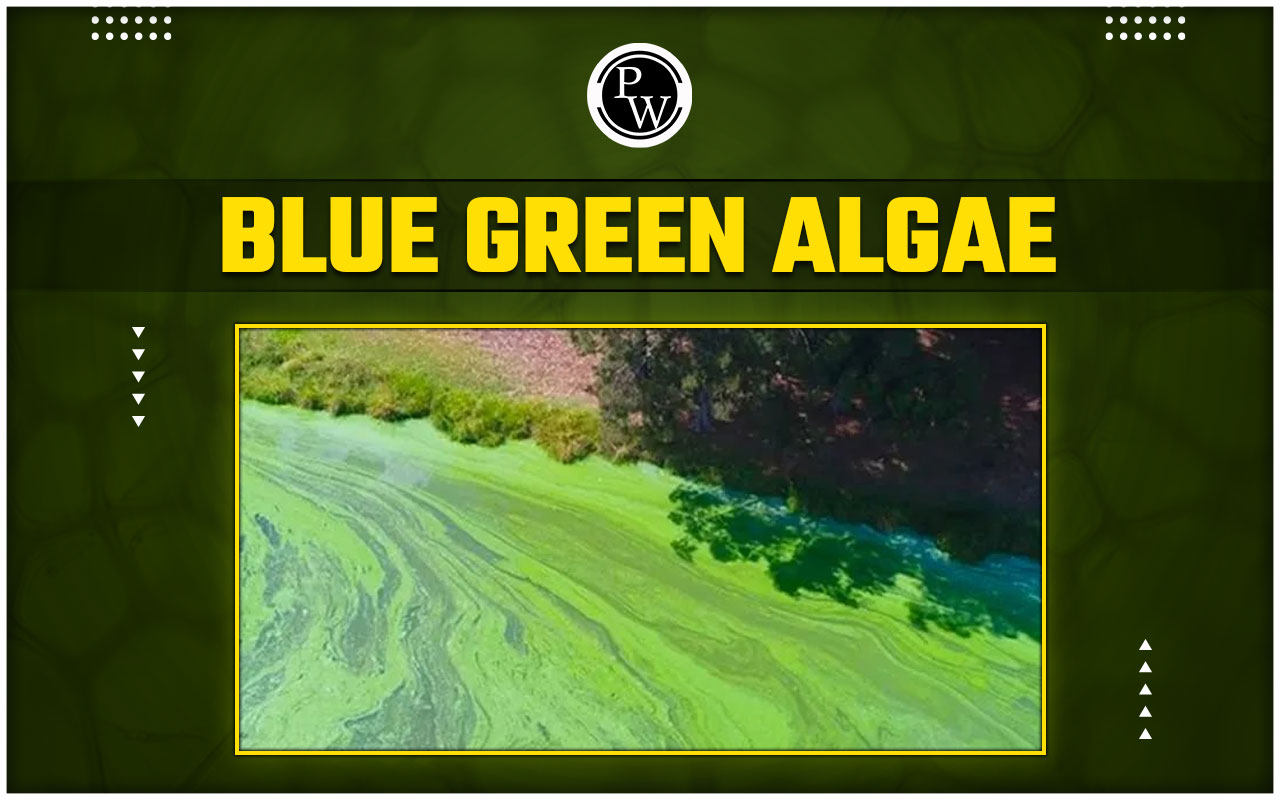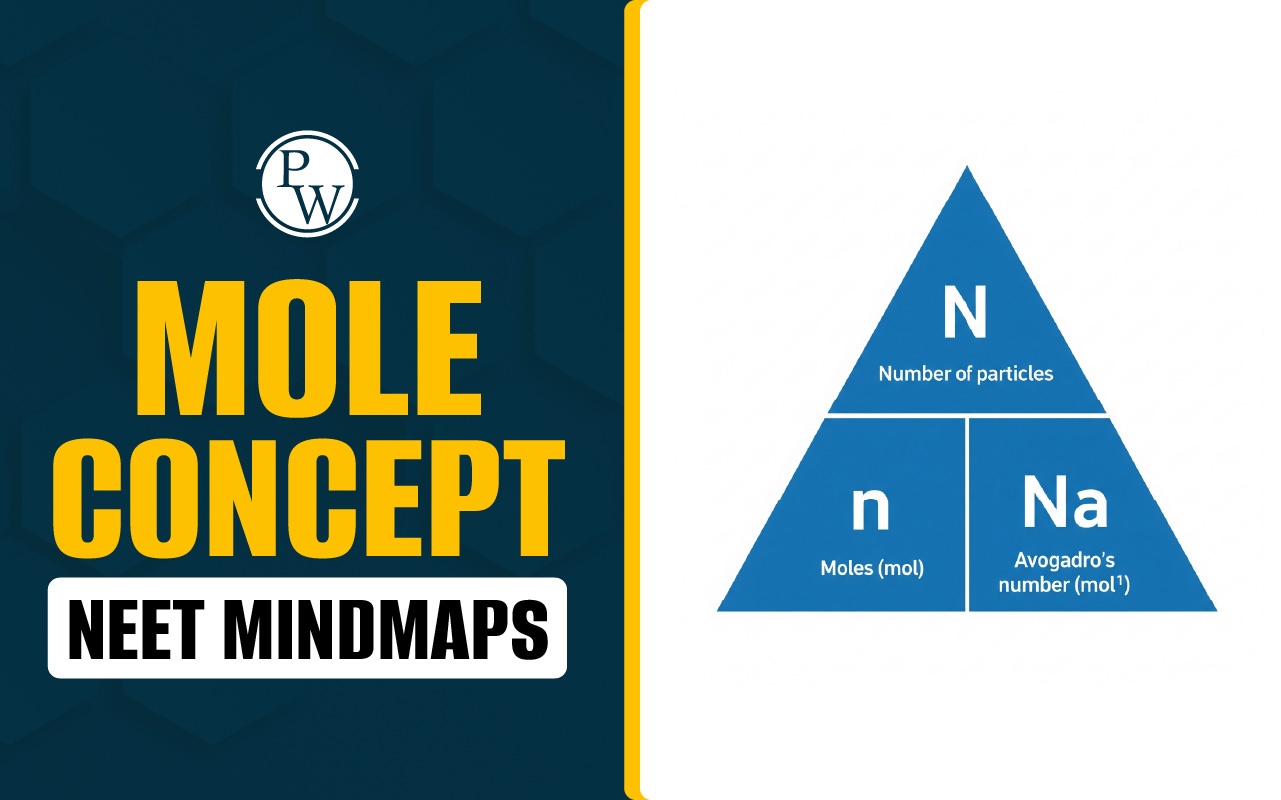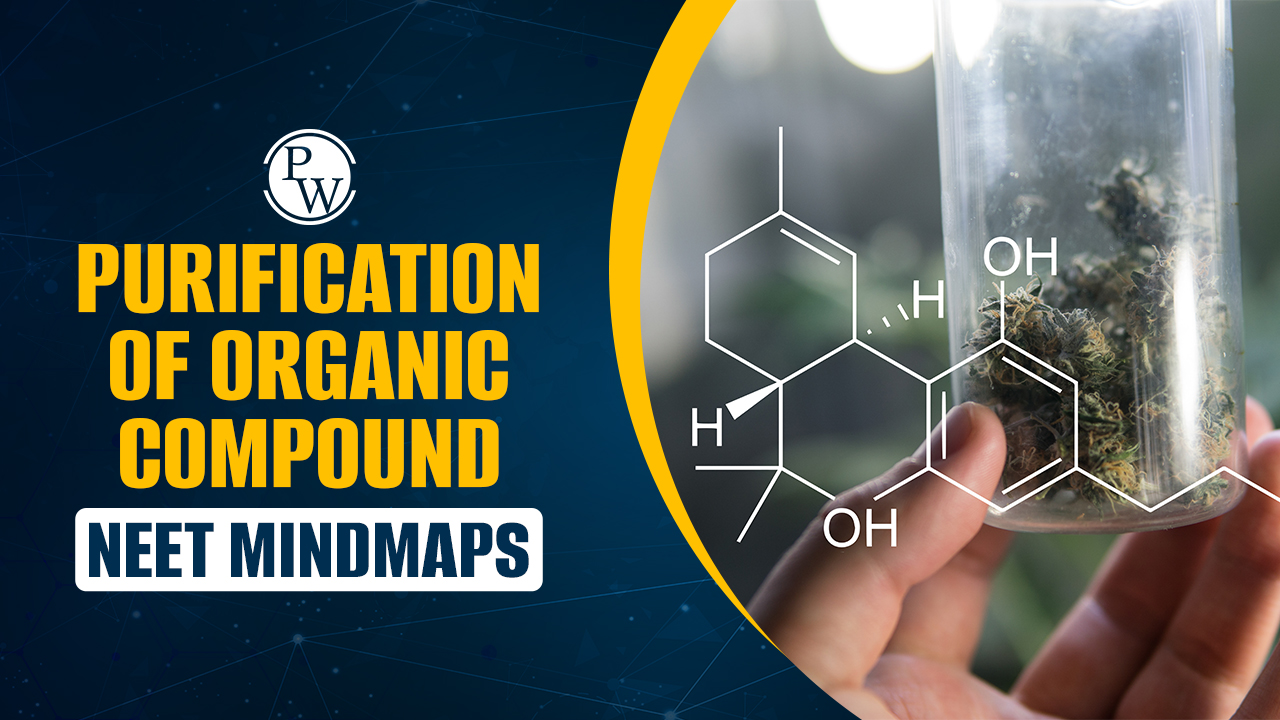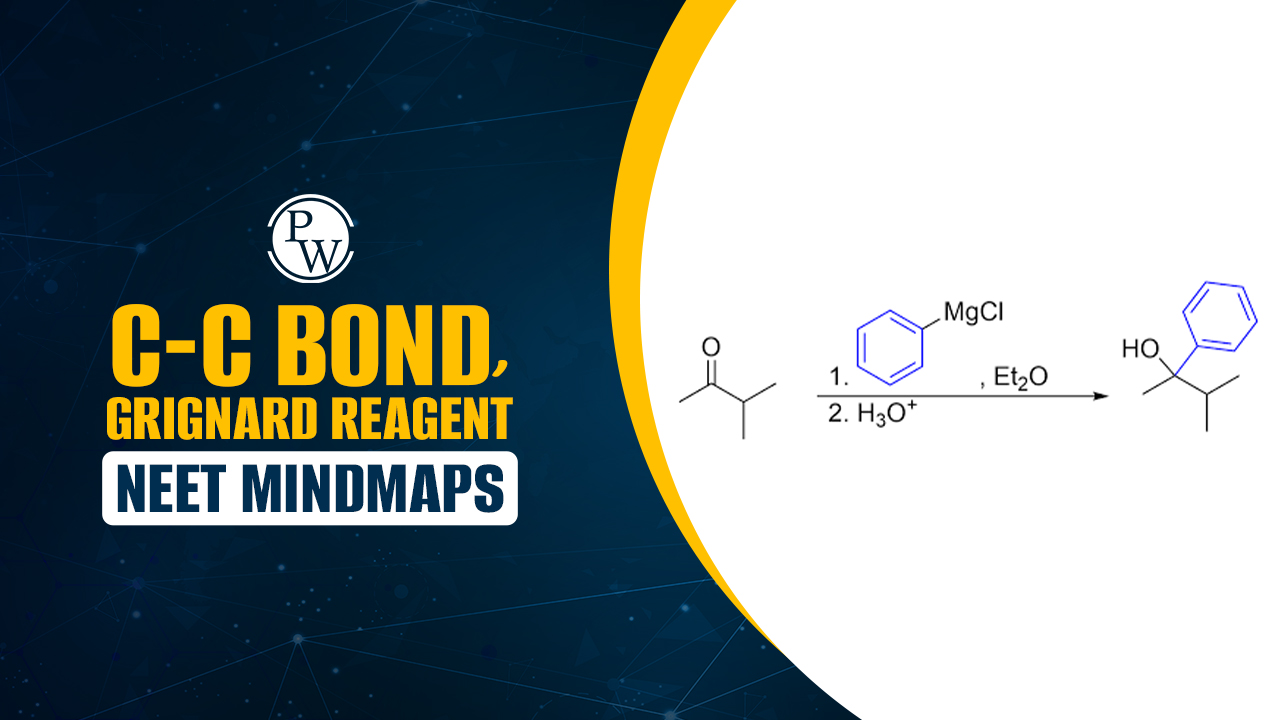

Blue Green Algae: Blue-green algae, also known as Cyanobacteria, are photosynthetic bacteria that can exist as single cells or colonies. They contain a green pigment called Chlorophyll a and other pigments such as carotenoids and phycobilins. These bacteria are commonly found in marine and freshwater environments, including dams, rivers, reservoirs, lakes, and hot springs.
They typically appear green but can turn blue as they die, forming scum on the water's surface. Most species of blue-green algae are buoyant and form floating mats on the water. Examples of cyanobacteria include Nostoc, Oscillatoria, Spirulina, Microcystis, and Anabaena. Understanding blue-green algae is important for the NEET exam. NEET Biology Notes by Physics Wallah on Blue Green Algae are provided in the article below.Blue Green Algae Classification
Cyanobacteria, despite their name, are not actually algae but belong to the Kingdom Bacteria. They are a phylum of bacteria known as Cyanobacteria. Blue Green Algae classification is as follows:| Blue Green Algae Classification | |
|---|---|
| Classification Level | Groupings |
| Kingdom | Bacteria |
| Phylum | Cyanobacteria |
| Class | Cyanophyceae |
| Order | Chroococcales, Nostocales, Oscillatoriales, Synechococcales |
| Family | Chroococcaceae, Nostocaceae, Oscillatoriaceae, Synechococcaceae |
| Genus | Microcystis, Nostoc, Oscillatoria, Synechococcus |
| Species | Many species of Cyanobacteria |
Blue Green Algae Characteristics
Cyanobacteria, commonly known as blue-green algae, constitute a diverse group of photosynthetic bacteria frequently inhabiting diverse aquatic environments. Despite their moniker, they are not algae; rather, they are referred to as such due to their photosynthetic capabilities and their resemblance to algae. Below are some notable features of blue-green algae:- Prokaryotic Nature: Blue-green algae are unicellular or filamentous prokaryotes, devoid of a membrane-bound nucleus and other organelles typical of eukaryotic cells.
- Photosynthetic Pigments: These organisms contain chlorophyll a, the primary photosynthetic pigment. Additionally, they possess other pigments like phycocyanin and phycoerythrin, contributing to their distinctive blue-green hue.
- Cell Wall Composition: Blue-green algae feature a firm cell wall composed of peptidoglycan, a hallmark of bacterial cells.
- Habitats: They are predominantly found in freshwater bodies like lakes, ponds, rivers, and streams, although they can also thrive in marine environments and damp terrestrial locales such as soil and rocks.
- Nitrogen Fixation: Certain species of blue-green algae can fix atmospheric nitrogen, converting it into a utilizable form for plants and other organisms.
- Colonial Forms: Some variants can form colonies or filaments, which may consist of multiple cells.
- Toxin Production: Specific species have the potential to produce toxins, particularly in conditions of nutrient pollution and high temperatures. This toxin production can lead to harmful algal blooms (HABs) and harm aquatic life and human health.
- Ecological Significance : Blue-green algae are pivotal in ecosystems as primary producers, furnishing sustenance and oxygen to other organisms. They also play a crucial role in nutrient cycling, particularly through nitrogen fixation.
Blue Green Algae Examples
The following are some examples of blue-green algae, also known as cyanobacteria:- Nostoc: This genus of cyanobacteria forms bead-like strands of cells clumped together in a gelatinous mass. Nostoc masses can vary in size from microscopic to walnut-sized and are typically found on soil or floating in still water.
- Oscillatoria: Oscillatoria is a genus of cyanobacteria found in freshwater habitats, including hot springs. They appear as trichomes, which are hair-like filaments that can be blue-green, brown, or red in colour.
- Microcystis aeruginosa: This single-celled cyanobacteria is found in surface waters. It can form large blooms that discolour the water and produce toxins harmful to humans and animals.
- Spirulina : Spirulina is a filamentous cyanobacteria sometimes sold as a health food supplement. It is a rich source of protein, vitamins, and minerals.
- Anabaena: Anabaena is a filamentous cyanobacteria capable of nitrogen fixation from the air. It is found in both freshwater and saltwater habitats. Certain species of Anabaena can produce toxins harmful to humans and animals.
Blue Green Algae Prokaryotic or Eukaryotic
Blue-green algae, also known as cyanobacteria, are prokaryotic organisms. This means they lack a nucleus and other membrane-bound organelles found in eukaryotic cells. Instead, their genetic material is located in a cell region called the nucleoid, which is not enclosed by a membrane.Why Cyanobacteria is called as Blue Green Algae
Cyanobacteria are commonly called blue-green algae due to their distinct blue-green color, which is caused by pigments such as chlorophyll-a (green) and phycocyanin. Cyanobacteria, despite their name, are bacteria. They were previously classified as algae because they can perform photosynthesis, which is also seen in algae and plants. Cyanobacteria are prokaryotes, which means they lack a nucleus and other membrane-bound structures found in eukaryotic organisms such as true algae. Despite this scientific distinction, "blue-green algae" is still used colloquially to describe cyanobacteria due to their similar appearance and ecological role in aquatic systems.Sexual Reproduction in Flowering Plants
Economic Importance of Blue Green Algae
Blue-green algae, or cyanobacteria, present a surprising array of economic advantages. The following is the breakdown of their primary contributions:- Natural Fertilisers: Certain species of blue-green algae have the extraordinary ability to fix atmospheric nitrogen. Nitrogen is an essential nutrient for plant growth, and these algae can convert it into a form usable by crops. This reduces the need for chemical fertilisers, promoting sustainable agriculture. Species such as Nostoc, Oscillatoria, Scytonema, and Spirulina are commonly used as biofertilisers in rice fields. They form a symbiotic relationship with rice plants, providing them with nitrogen and benefiting from the organic matter produced by the rice.
- Food Source: Some species of blue-green algae are cultivated as food! Spirulina is a particularly popular example, valued for its complete protein profile and high vitamin content. It is consumed as a dietary supplement in powder otablet form and can also be added to smoothies or snacks.
- Biofuel Potential: Blue-green algae are being investigated as a promising source of biofuel. Their rapid growth rates and ability to thrive in various conditions make them attractive candidates for renewable fuel production. Research is ongoing to enhance their cultivation and conversion processes for large-scale biofuel production.
- Medicinal Applications: Certain strains of blue-green algae are being studied for their potential medicinal properties. They may be beneficial in areas such as immune system support, wound healing, and even cancer treatment. While research is still in its early stages, the prospects are promising.
- Wastewater Treatment: Blue-green algae can contribute to wastewater treatment by absorbing nutrients such as nitrogen and phosphorus, which can lead to algal blooms in natural water bodies. This helps to purify the wastewater while also producing biomass that can be utilised for various purposes.
| NEET Exam Important Links | |
|---|---|
| NEET Syllabus | NEET Biology Diagrams |
| NEET Biology MCQ | NEET Biology Chapter wise Weightage |
| NEET Biology Notes | NEET Previous Year Question papers |
Blue Green Algae FAQs
What are blue-green algae?
Cyanobacteria, previously called blue-green algae, are photosynthetic microscopic organisms belonging to the bacterial kingdom. They were initially named blue-green algae due to their dense growths often causing water to appear green, blue-green, or brownish-green.
Are blue-green algae harmful?
Exposure to elevated levels of blue-green algae and their toxins can lead to symptoms such as diarrhoea, nausea or vomiting, skin, eye or throat irritation, as well as allergic reactions or breathing difficulties.
Can humans consume blue-green algae?
Blue-green algae (BGA) are primitive life forms on Earth and have been consumed by humans for centuries as food or medicine. BGA contain various bioactive components, including phycocyanin, carotenoids, γ-linolenic acid, fibres, and plant sterols, which can contribute to optimal human health.
What causes blue-green algae?
Although commonly referred to as algae, blue-green algae are actually types of bacteria known as cyanobacteria. They are typically found in bodies of water and are prevalent in Minnesota. These bacteria thrive in warm, nutrient-rich water.
Is it safe for humans to consume algae?
For individuals who avoid animal products, algae can serve as an important source of vitamin B12. Furthermore, the vibrant colour of spirulina is utilised in the production of sweets, ice cream, and blue gum. Algae are employed in various ways in food production, from colouring and wrapping to forming gels, and are also rich sources of beneficial nutrients.
Is blue-green algae classified as a plant?
The term "blue-green algae" is often used interchangeably with the more accurate term "cyanobacteria." However, this nomenclature can be misleading, as blue-green algae are not truly plants or algae. They are referred to as algae because they are free-floating and form colonies, but in reality, blue-green algae are a type of bacteria.
🔥 Trending Blogs
Talk to a counsellorHave doubts? Our support team will be happy to assist you!

Free Learning Resources
PW Books
Notes (Class 10-12)
PW Study Materials
Notes (Class 6-9)
Ncert Solutions
Govt Exams
Class 6th to 12th Online Courses
Govt Job Exams Courses
UPSC Coaching
Defence Exam Coaching
Gate Exam Coaching
Other Exams
Know about Physics Wallah
Physics Wallah is an Indian edtech platform that provides accessible & comprehensive learning experiences to students from Class 6th to postgraduate level. We also provide extensive NCERT solutions, sample paper, NEET, JEE Mains, BITSAT previous year papers & more such resources to students. Physics Wallah also caters to over 3.5 million registered students and over 78 lakh+ Youtube subscribers with 4.8 rating on its app.
We Stand Out because
We provide students with intensive courses with India’s qualified & experienced faculties & mentors. PW strives to make the learning experience comprehensive and accessible for students of all sections of society. We believe in empowering every single student who couldn't dream of a good career in engineering and medical field earlier.
Our Key Focus Areas
Physics Wallah's main focus is to make the learning experience as economical as possible for all students. With our affordable courses like Lakshya, Udaan and Arjuna and many others, we have been able to provide a platform for lakhs of aspirants. From providing Chemistry, Maths, Physics formula to giving e-books of eminent authors like RD Sharma, RS Aggarwal and Lakhmir Singh, PW focuses on every single student's need for preparation.
What Makes Us Different
Physics Wallah strives to develop a comprehensive pedagogical structure for students, where they get a state-of-the-art learning experience with study material and resources. Apart from catering students preparing for JEE Mains and NEET, PW also provides study material for each state board like Uttar Pradesh, Bihar, and others
Copyright © 2025 Physicswallah Limited All rights reserved.











